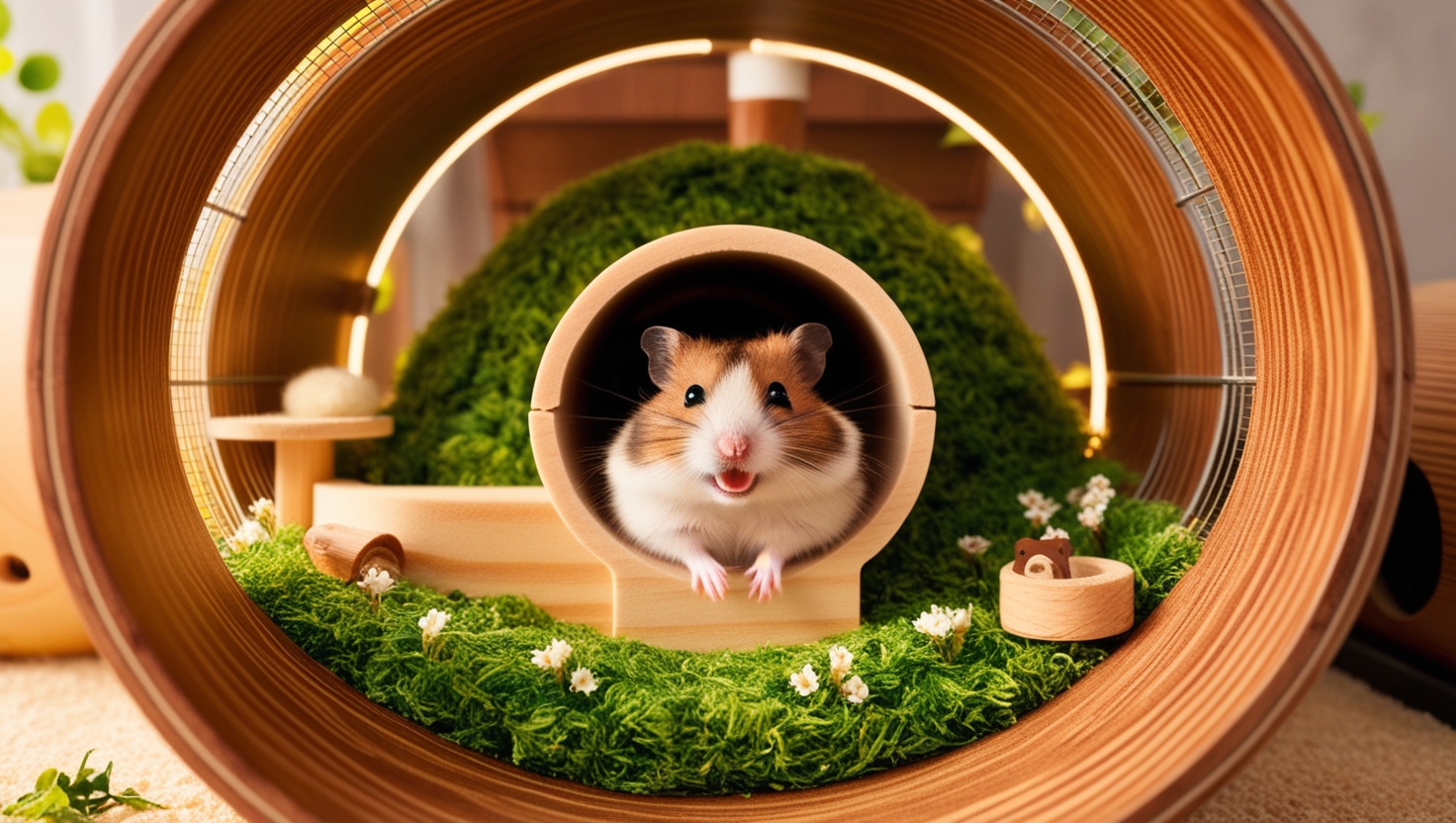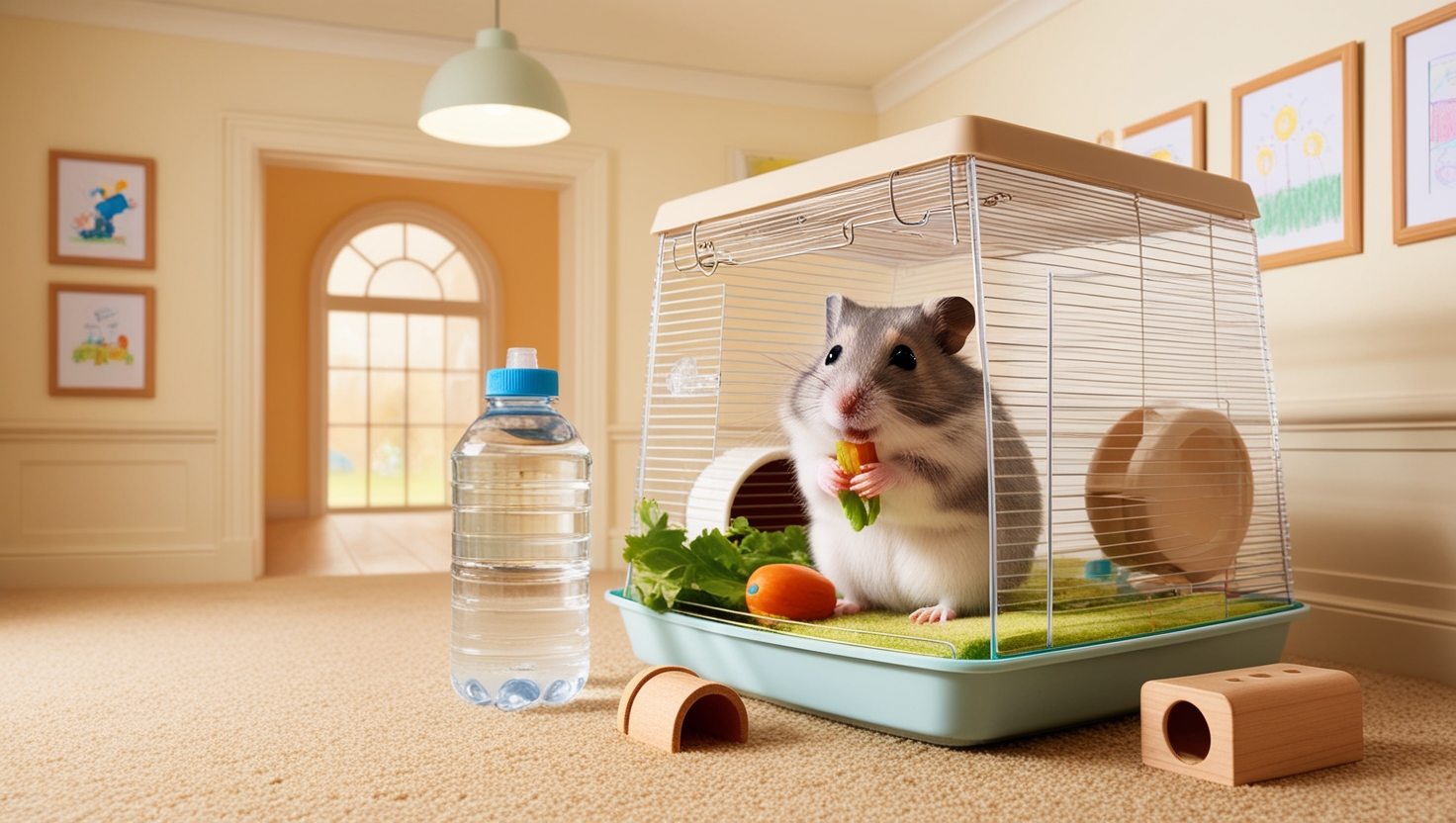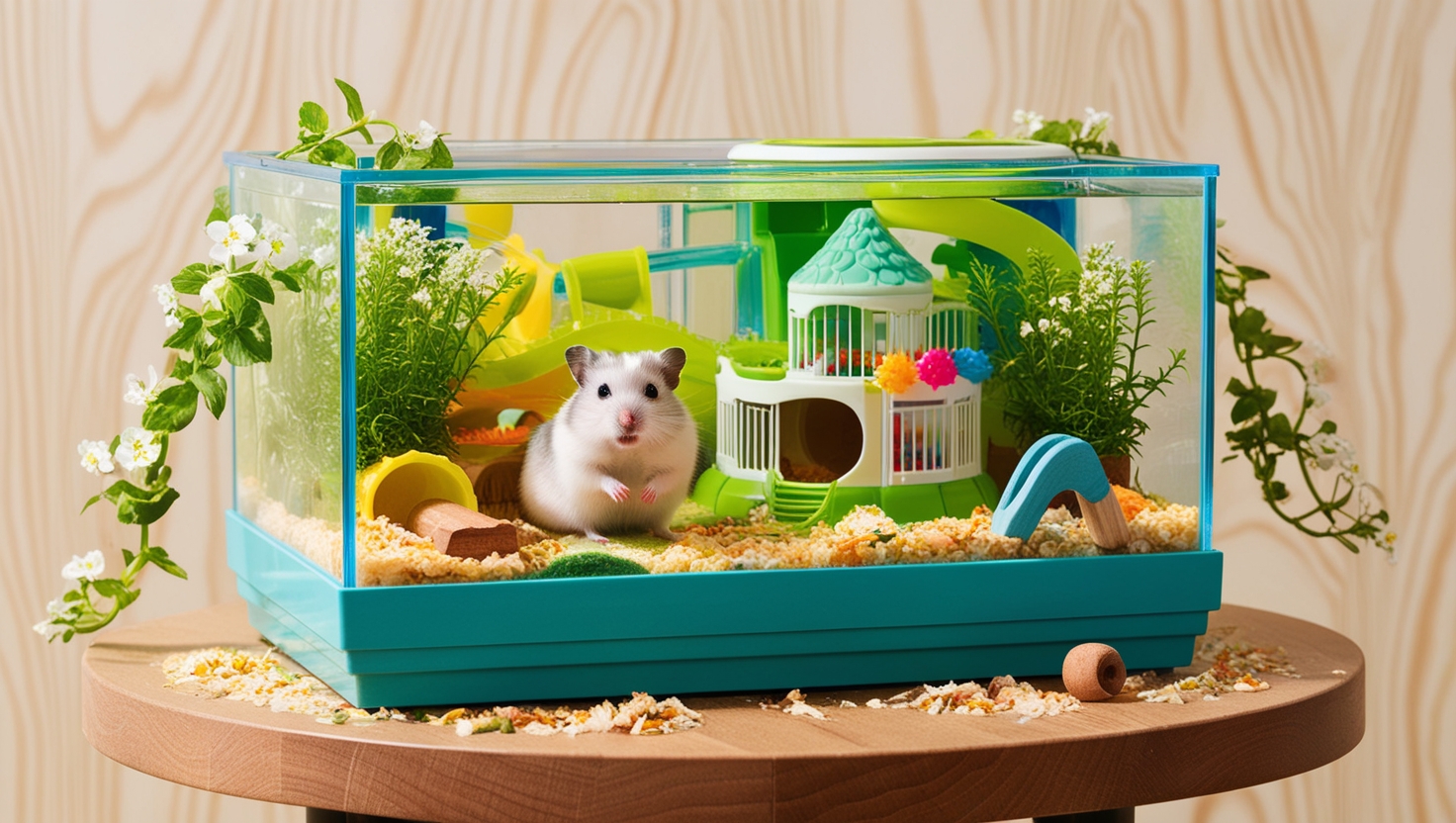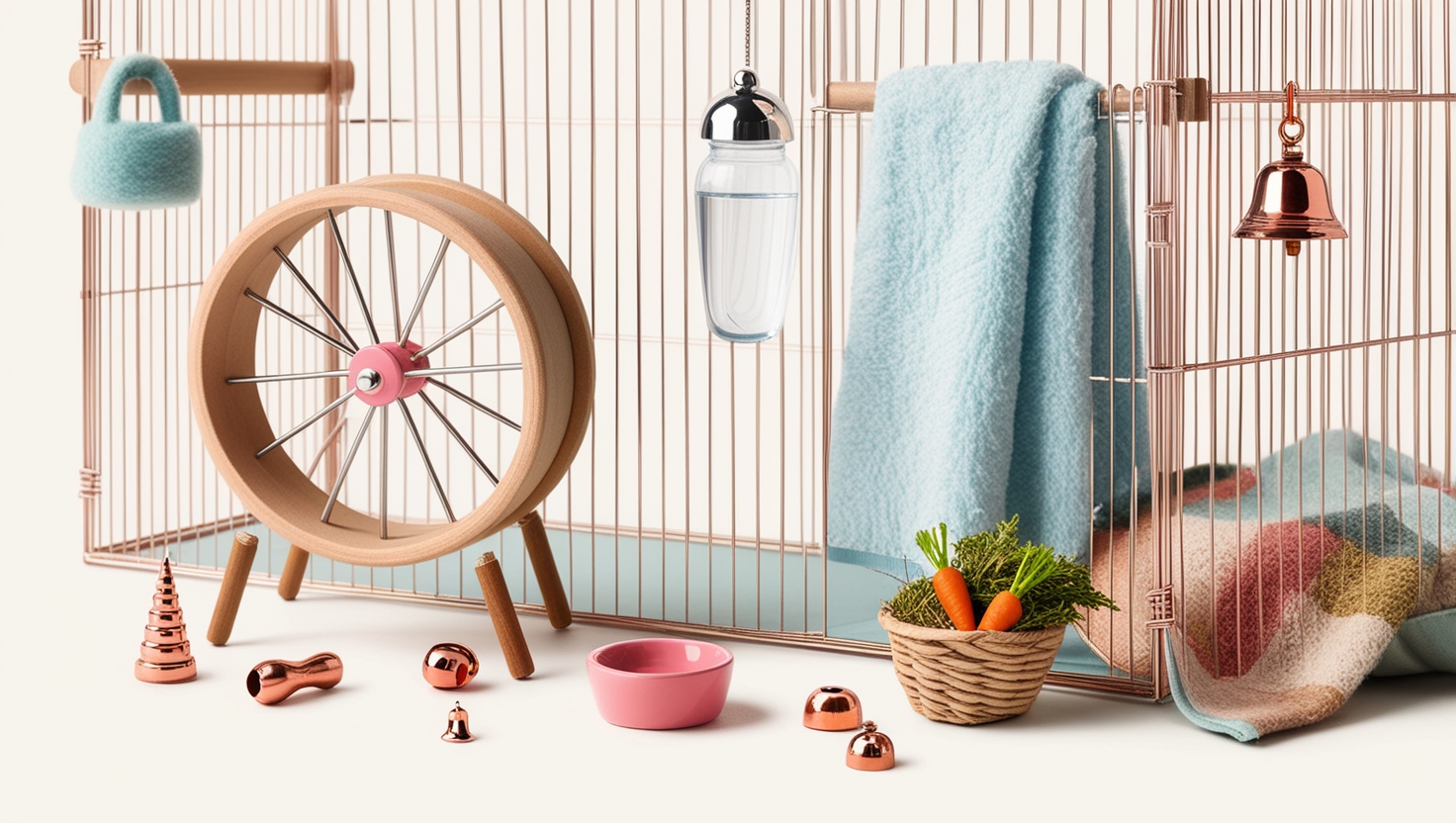So, you’ve welcomed a hamster into your home – congratulations! They’re adorable, fluffy, and full of personality. But, let’s be honest, sometimes our little buddies can pack a pungent punch. That’s right, we’re talking about hamster cage odour.
Don’t worry, you’re not alone in this. Every hamster parent has been there. The good news is that a smelly hamster cage doesn’t have to be a fact of life. With a bit of know-how and the right tools, you can banish those unpleasant odours and give your hamster the fresh, clean home they deserve.
Understanding the Source of the Smell
Before we dive into solutions, it’s helpful to understand why hamster cages can get stinky. Like any living creature, hamsters produce waste. Their bedding, food, and even their natural scent-marking behaviours can contribute to odour build-up.
“Hamsters have scent glands, which they use to mark their territory,” explains Dr. Sarah Miller, a veterinarian specializing in small animal care. “This is perfectly natural behaviour but can lead to a musky odour, especially in a confined space.”
The Power of Enzymes: Your Secret Weapon Against Odour
The key to tackling hamster cage odour is to eliminate it at the source, not just mask it. That’s where enzyme cleaners come in. These powerful cleaning agents use naturally occurring enzymes to break down the organic matter that causes bad smells.
One such product is Bio oneTM, a non-toxic, vegan, and planet-friendly enzyme cleaner. “Bio oneTM is a great option for pet owners as it effectively neutralizes odours without the use of harsh chemicals that could harm your hamster,” says Dr. Miller. “Its natural lemon and orange oil scent is also a bonus, leaving a fresh, clean fragrance.”
A Step-by-Step Guide to a Deep Clean
Regular deep cleaning is essential for keeping your hamster’s cage smelling its best. Here’s a step-by-step guide to deep cleaning your hamster cage with Bio oneTM :
1. Prepare a Safe Space:
Before you begin, ensure you have a safe and secure temporary habitat for your hamster, such as an exercise ball or a travel crate.
2. Empty and Discard:
Remove all bedding, toys, and exercise equipment from the cage. Dispose of any soiled bedding, uneaten food, and droppings.
3. Spray and Soak:
Spray the entire cage thoroughly with Bio oneTM, paying extra attention to any stained areas. Allow it to soak for 5-10 minutes to give the enzymes time to work their magic.
4. Wipe and Air Dry:
After soaking, wipe away any excess product and allow the cage to air dry completely before putting back fresh bedding and your hamster’s belongings.
Between Deep Cleans: Maintaining a Fresh Cage
While weekly deep cleans are crucial, maintaining a clean cage between cleanings can significantly reduce odours:
- Spot Cleaning: Remove any droppings or soiled bedding daily.
- Fresh Food and Water: Provide fresh food and water daily.
- Bedding Choice: Opt for absorbent bedding like aspen shavings, paper litter, or pellets. Avoid cloth bedding as it tends to trap odours.
Beyond Cleaning: Other Tips for Odour Control
- Cage Size Matters: A larger cage provides more space for waste to disperse, reducing odour build-up.
- Ventilation: Choose a cage with good ventilation to prevent ammonia build-up from urine.
- Avoid Scented Products: Avoid scented bedding or air fresheners as these can irritate your hamster’s sensitive respiratory system.
A Fresh-Smelling Home for a Happy Hamster
By following these simple tips and incorporating Bio oneTM into your cleaning routine, you can say goodbye to hamster cage odour and create a fresh and welcoming home for your furry friend. Remember, a clean cage equals a happy and healthy hamster.







